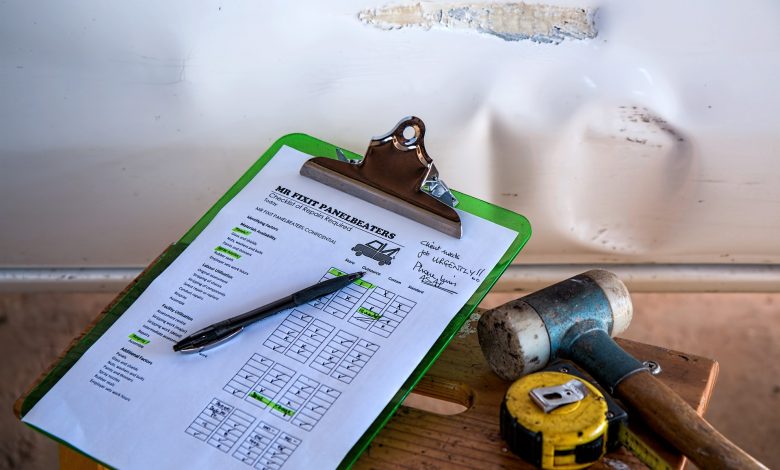
Instead of buying their own vehicle, some people prefer to borrow the cars of friends and family members. This is especially true when they don’t drive frequently. A non-owner car insurance policy, in those cases, might be necessary. Yet there are cases where it is also a waste of money. For example, non-owner car insurance doesn’t cover household members’ vehicles and business trips.
Consumers should carefully consider whether or not it is essential before they purchase a policy. While some people don’t need it, others can save a great amount of money on rental plans. In fact, a non-owner policy will even lower your future premiums when you buy a new car. This, of course, is alongside the financial protection that policyholders enjoy when they get in an accident while driving someone else’s car.
Non-Owner Car Insurance and Saving Money
There are two main financial benefits to having a non-owner car insurance policy. First of all, you avoid incurring higher premiums in the future. After all, insurance companies increase their prices when drivers have a lapse in coverage, even if they didn’t own a vehicle during that time. Secondly, frequent car renters can save hundreds of dollars per month through a non-owner policy. This is because rental insurance could be ten times more expensive.
Minding the Gap
The average non-owner insurance plan costs about $40 per month or $474 per year. In contrast, coverage on a rented vehicle may be between $270 and $570 each month. To put it another way, getting a non-owner policy for an entire year will likely be cheaper than a one-month rental car insurance plan. Just as importantly, auto renters quote you per day, which ranges from $9 to $19. Even if we assume the lower premium, obtaining a $9 rental plan for five days comes with a $45 bill. You could purchase a non-owner car insurance for an entire month at a lower price.

Avoiding a Lapse
When your car insurance policy expires or terminates, the premiums on any future coverage become higher, even if you no longer own your vehicle. Moreover, going without coverage for over 30 days could hike your monthly insurance bill by 30%. For example, in New York and Pennsylvania, the average auto insurance plan costs $99 per month. If a consumer remains uncovered for over 30 days, they would have to pay almost $127. In other words, their premiums become $28 more expensive.
Keep in mind that the longer your lapse period is, the sharper the increase will be. This is important because, after someone sells their vehicle, they might wait for longer than 30 days before purchasing another one. To give an example, a consumer that moves to a new city or state has to look for a residential location, get accustomed to their surroundings, and cover all the associated costs. As a result, buying a new car within 30 days might be difficult both financially and time-wise.
In this instance, the consumer may purchase a non-owner car insurance policy. One to three months of coverage would only cost, on average, between $40 and $120. By avoiding a lapse, the consumer saves $336 per year when they purchase a new vehicle and get a regular owners’ policy.
Frequent Borrowers
Drivers that don’t have a car but regularly borrow the vehicles of friends or family members also benefit from non-owner policy. The original car owners’ insurance may not cover other drivers, to begin with. Therefore, the driver could end up with a traffic citation, which would hike the premiums on any future coverage they obtain. Just as importantly, the non-owner driver will be liable for the damages in the case of an accident, which is even more burdensome than the higher premiums.
A non-owner car insurance policy is certainly an effective way to avoid these risks. In fact, this is the case when the vehicle owner’s plan covers other drivers, as well. To clarify, their coverage could have some gaps, such as whether or not damage to the car is included. Deductibles also matter because the vehicle’s driver, including a borrower, is responsible for paying them. Non-owner car insurance could cover the areas that the owner’s insurance doesn’t. The same applies to rented vehicles. That is to say, you may purchase a small amount of rental insurance to supplement what your non-owner plan does and doesn’t cover.
Household Members and Company Vehicles
In some cases, a non-owner policy isn’t appropriate or necessary. Firstly, if you plan on using a household member’s vehicle, they need to add you to their regular insurance plan. At times, a non-owner policy doesn’t even cover a roommate’s car and considers them to be household members. Keep in mind, however, that this only applies to family members who share a residence with you. A parent or child that lives in a separate house or apartment doesn’t need to add you to their coverage. Instead, borrowers should purchase a non-owner car insurance policy.
Equally as important, you need a commercial plan when you drive a company or business-owned car. It is also necessary to obtain commercial/rental coverage when you rent a vehicle during a business trip. Non-owner insurance is mostly limited to personal use.

In Short: What’s Covered
Non-owner car insurance will limit your liability during an accident. It also supplements other forms of coverage, such as insurance on a rented vehicle. Policyholders enjoy long-term benefits, as well, in the form of low premiums when they purchase a new vehicle. However, if you plan on driving a roommate’s car or a business vehicle, a non-owner insurance plan is unnecessary.
Do you regularly rent or borrow a car? Whose vehicle do you use? The answer to these questions will determine whether or not you need a non-owner plan. Drivers that get one may incur more premiums today, but the long-term savings are certainly worth it.



